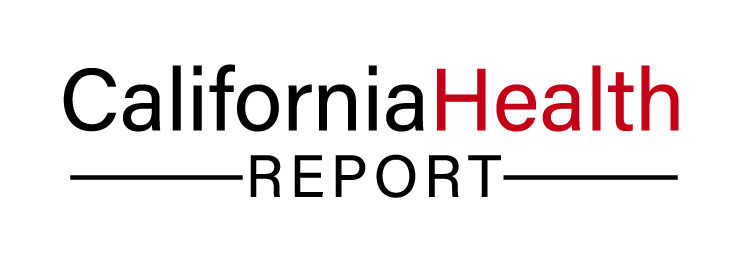
California’s fiscal outlook is even worse than legislators and most Capitol observers assumed when lawmakers patched together a budget in October 100 days after the start of the current fiscal year.
The nonpartisan Legislative Analyst’s office, widely respected for its work on budget issues, projected Wednesday that the state will face a $25 billion shortfall in the budget for the fiscal year that begins next July.
And the problem could be worse, if court cases break against the state or Congress and President Obama extend estate tax relief that would indirectly cost California’s treasury nearly $3 billion.
Even without those added problems, however, California faces a monumental challenge to overcome.
A big part of the problem is that optimistic assumptions built into this year’s budget about federal relief and spending cuts are not likely to materialize. An even bigger issue going forward is that temporary tax increases adopted in 2009 are about to expire at the same time that federal stimulus funds that propped up the state budget are scheduled to disappear. State general fund revenues are expected to drop by $10 billion from this year to next, from about $93 billion to $83.5 billion.
At the same time, spending would rise from about $92 billion to $102 billion unless the Legislature changes current law.
The analyst’s office, in its report, cautioned against undue panic. The state is not going bankrupt (legally, it cannot do so) nor is it likely to default on its bonds, the office said. It is possible to adopt billions of dollars in temporary solutions each year for several years while chipping away at the permanent underlying problem, the report said. If such a course were taken the state might dig out of its hole in five years. And that is the optimistic scenario.
The implications for health, education and social programs, and for taxpayers, are ominous.
The analyst’s projection already assumes a $2 billion dollar reduction in state funding for education next year even as the schools struggle to get by without billion in temporary federal aid that is about to expire. That would be if funding is set at the minimum guarantee in the state constitution. Lawmakers would have to go below the minimum – cutting more beyond the billions the schools will already lose — to have any effect on the project general fund deficit.
Health programs, especially Medi-Cal and the Healthy Families program that subsidizes insurance for low-income working families, will largely be spared from cuts because the federal stimulus bill and then the health reform requires the state to maintain the same level of funding for those programs as existed at the time the aid was received.
But many smaller programs, plus public assistance to the poor, the elderly and people with disabilities, will likely face major cuts.
Despite the analyst’s confidence that the state can work through this crisis, it remains possible that political rather than economic factors could drive the state over the edge. It is hard to imagine legislators closing this gap without new revenue. But Republicans have been steadfast against new taxes in recent years, with only a handful voting for temporary tax hikes in 2009, and even they were punished by their party and peers. A repeat of that scenario seems unlikely, especially with most of the rest of the country moving to the right and California’s voters siding against tax and fee hikes with their votes on propositions on the Nov. 2 ballot.
If another long stalemate ensues next year and the state runs out of money to pay its bills, it is possible that a federal court would intervene to set priorities for who should be paid, and when, especially since the courts have been so quick to stop the state from cutting certain programs in the past.
In short, this situation seems likely to get worse before it gets better.





